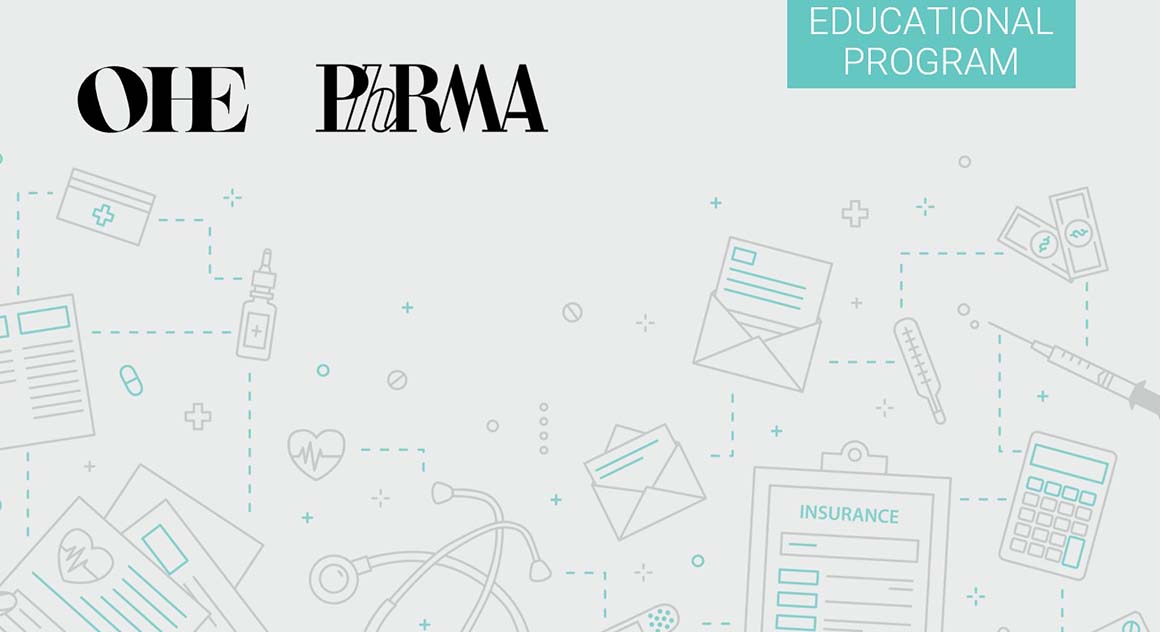Just published are two new reports that explore the use of real world evidence for coverage and formulary decisions. The publications represent 1) the background paper to the 2017 ICER Membership Policy Summit and 2) a follow up paper based on the discussion at the Summit.
Two new reports explore the use of real world evidence for coverage and formulary decisions, co-authored by Grace Hampson and Adrian Towse. The publications represent 1) the background paper to the 2017 ICER Membership Policy Summit and 2) a follow-up paper based on the discussion at the Summit.
The data landscape is changing. Our capacity for rapid data accumulation and data interpretation is advancing exponentially. Computer learning, natural language processing, and the evolution of electronic health records are revolutionising the potential availability and use of real world data sources to improve health. This changing environment is creating new opportunities for the use of real world evidence (RWE).
The US
Institute for Clinical and Economic Review (ICER) held a Policy Summit led by President Steve Pearson and Director of Pharmaceutical Intelligence Bill Dreitlein. The Summit, in December 2017, discussed the opportunities and challenges around the use of RWE for
coverage and formulary decision making in the US. OHE’s Adrian Towse and Grace Hampson provided scientific secretariat support and OHE Visiting Fellow Chris Henshall chaired the Summit. Two ICER-OHE reports developed in relation to this summit are now available on both the OHE and ICER websites.
The
first publication served as a background paper to stimulated discussion at the 2017 ICER Policy Summit meeting. The paper identifies current uses of RWE, assesses the remaining barriers, and explores how use of RWE can be improved and expanded:
- RWE is currently being used to inform drug development pathways, regulatory approval decisions, post-launch safety monitoring, coverage decisions and outcomes-based contracting. The focus of the 2017 ICER Policy Summit was on RWE for HTA assessments and payer coverage decisions – both initial decisions and reassessments – and the majority of the paper focuses on this.
- Acceptance of an expanded future role for RWE is not universal, particularly if it is seen as reducing the amount of RCT evidence available. Among the challenges associated with RWE explored in this paper are: bias and confounding; incomplete data; data mining; access to data; and the lack of universally accepted methodological standards.
- Current uses of RWE can be strengthened by increasing the quality and credibility of RWE (via national registries, data repositories and strict protocols) and establishment of appropriate governance arrangements.
- Key opportunities for the future include use of innovative study designs that combine benefits of collecting data from real world settings while incorporating best practice methods (i.e. randomisation methods from traditional RCTs); real time monitoring of patients; and the development of adaptive regulatory pathways linked to coverage with evidence development.
The second paper summarises the authors’ reflections and proposed ways forwards based on the discussions had at the meeting. A
conceptual framework is presented that addressed three elements largely missing from earlier efforts focused on defining “best practices” or “standards” for RWE:
- how to understand the role that contextual factors play in determining how high the evidentiary standard, or “bar” will be in each situation;
- how to tailor key process and methodological approaches to the height of that evidentiary bar; and
- how to ensure that broader process principles that support transparency are integrated successfully throughout the course of any RWE initiative.
The conceptual framework focuses on the critical element of contextual considerations in setting the stage for successful RWE development and application. Guided by a shared understanding of the contextual considerations between manufacturers and payers, and supported by process principles of transparency, collaboration, and communication, RWE can be developed and applied as a vital complement to other evidence in improving care for patients.


